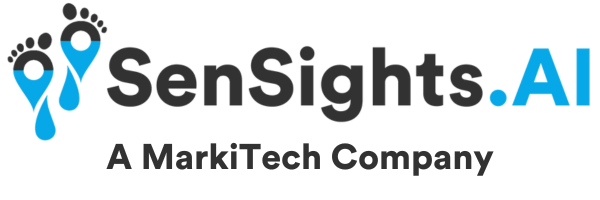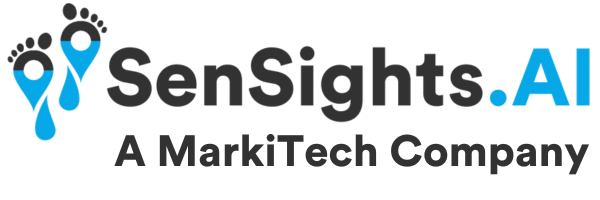Healthcare is an ever-evolving industry, and with each passing year, new trends emerge that are shaping the future of medicine. In 2023, we can expect to see several new trends that will impact how healthcare is delivered, received, and managed.
1. Telemedicine and Virtual Care
One of the most significant trends in 2023 will be the continued growth of telemedicine and virtual care. With the ongoing COVID-19 pandemic and increased use of technology, patients are becoming more comfortable with receiving medical care from the comfort of their homes. Telemedicine is convenient, efficient, and eliminates the need for in-person visits, reducing the risk of exposure to infectious diseases.
2. Artificial Intelligence and Machine Learning
Artificial intelligence (AI) and machine learning (ML) are already making a significant impact in healthcare, and this trend is set to continue in 2023. These technologies will help healthcare providers make more accurate diagnoses, provide personalized treatments, and improve the overall efficiency of medical systems. With machine learning algorithms, healthcare providers will have access to vast amounts of patient data, allowing them to make more informed decisions about care.
3. Personalized Medicine
Personalized medicine is a growing trend in healthcare that takes into account a patient’s unique genetic and molecular information to tailor treatment plans to their specific needs. In 2023, we can expect to see more personalized medicine approaches, including precision medicine and pharmacogenetics, which use a patient’s genetic information to predict how they will respond to certain drugs.
4. Wearable Technology
Wearable technology has been around for a while, but in 2023, we can expect to see an increase in the use of wearables to monitor and track health and fitness data. These devices will provide patients with real-time insights into their health and will allow healthcare providers to better monitor their patients’ well-being. Wearable technology is also expected to play a role in remote patient monitoring, allowing healthcare providers to keep track of their patients’ health status even when they are not in the office.
5. Patient-Centered Care
Patient-centered care is an approach that places the needs and preferences of the patient at the forefront of all medical decisions. In 2023, we can expect to see an increased emphasis on patient-centered care, as healthcare providers work to improve the overall patient experience. This trend will focus on engaging patients, providing them with the necessary information, and involving them in the decision-making process.
6. Value-Based Care
Value-based care is an approach to healthcare that focuses on delivering high-quality, cost-effective care that improves patient outcomes. In 2023, we can expect to see a continued expansion of value-based care models, as healthcare providers work to improve the overall quality of care while controlling costs. This approach is expected to lead to improved patient satisfaction, better health outcomes, and reduced healthcare costs.
7. Preventive Care
Preventive care is an approach to healthcare that focuses on preventing illnesses and injuries before they occur. In 2023, we can expect to see a continued emphasis on preventive care, as healthcare providers work to reduce healthcare costs and improve population health. This trend will focus on providing patients with the information and resources they need to maintain a healthy lifestyle and prevent chronic conditions from developing.
8. Data Analytics
Data analytics is a rapidly growing trend in healthcare, and in 2023, we can expect to see an increased use of data analytics to improve healthcare decision-making. With access to vast amounts of patient data, healthcare providers will be able to use analytics to identify trends, improve the quality of care, and make more informed decisions about patient treatment. This will help providers better understand patient needs and develop more effective care plans. Additionally, data analytics will play a crucial role in the development of population health management programs, which aim to improve the overall health of a community.
9. Biotechnology Advancements
In 2023, we can expect to see continued advancements in biotechnology, leading to the development of new treatments and therapies for a range of conditions. This includes the development of new drugs, regenerative medicine, and gene therapy. Biotechnology advancements will also play a crucial role in the development of personalized medicine, as genetic information becomes more readily available to healthcare providers.
10. Addressing Social Determinants of Health
Finally, in 2023, we can expect to see an increased emphasis on addressing social determinants of health, which refers to the conditions in which people are born, grow, live, work, and age. These conditions play a significant role in determining an individual’s overall health and well-being, and healthcare providers are increasingly recognizing the need to address them. This trend will focus on providing patients with the resources and support they need to improve their overall health and well-being.
In conclusion, 2023 is shaping up to be an exciting year for healthcare, with numerous trends that will impact how healthcare is delivered, received, and managed. From telemedicine and AI to personalized medicine and addressing social determinants of health, these trends are poised to have a profound impact on the healthcare industry and will help improve the quality of care for patients.
About SenSightsCare
Our SenSightsCare Tablet Solution makes monitoring seniors and patients with chronic conditions effortless and convenient.
SenSightsCare platform allows patients to CONTACTLESSLY monitor their vital signs using SMARTPHONE camera and instantly share their results with their family, doctors and nurses. The platform helps to monitor following vital signs: glucose level, blood pressure, heart rate, heart rate variability, oxygen saturation and stress level. You can also monitor the senior falls with our round-the-clock Touchless Fall Sensor.
The use of audio, video and text communication via phone and popular social media platforms (WhatsApp, Instagram, Facebook, Youtube) would help seniors to be constantly connected to the nurse help desk in the region. The circle of care: nurses, family, other healthcare providers and caregivers can set up customized geofences to make monitoring wandering people with dementia and Alzheimer’s disease easier. To track the location of the senior, caregivers could use his/her phone, smartwatch or other smart tracking devices. When the wandering occurs, the caregivers are immediately notified.
Learn more about our SenSightsCare Solution on http://sensightscare.com/
Follow us on Facebook at SenSights.AI by LocateMotion: https://www.facebook.com/LocateMotion


